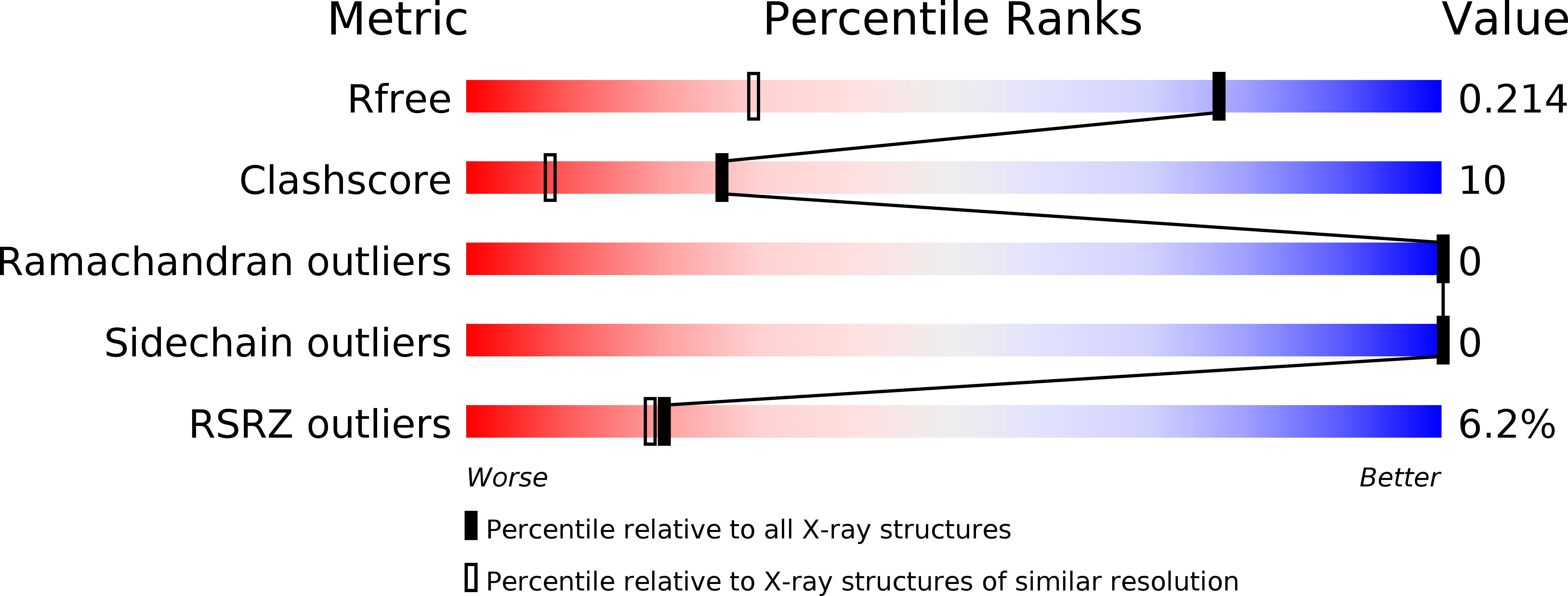
Deposition Date
2003-05-24
Release Date
2003-10-07
Last Version Date
2025-03-26
Entry Detail
PDB ID:
1PFB
Keywords:
Title:
Structural Basis for specific binding of polycomb chromodomain to histone H3 methylated at K27
Biological Source:
Source Organism:
Drosophila melanogaster (Taxon ID: 7227)
Host Organism:
Method Details:
Experimental Method:
Resolution:
1.40 Å
R-Value Free:
0.21
R-Value Work:
0.19
Space Group:
I 21 21 21


